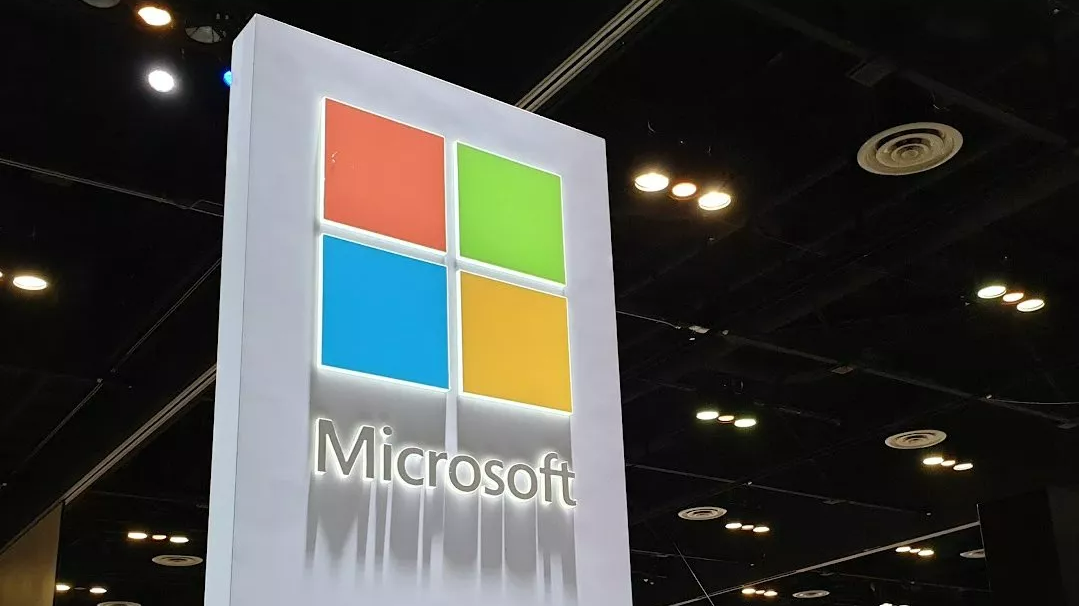Microsoft vice president speaks out against employee surveillance
Employers and employees are at odds regarding productivity, but surveillance isn't the answer, according to Microsoft Vice President Jared Spataro.

What you need to know
- As more employees work from home, employers have expressed concerns regarding productivity.
- Some organizations use tools such as keystroke loggers and mouse trackers for employee surveillance.
- Microsoft Vice President Jared Spataro made it clear that Microsoft views using those tools as "wrong."
As hybrid and remote work becomes the norm, employees and employers are often at odds, according to recent reporting from Bloomberg. The outlet highlighted that roughly 85% of managers are concerned about how much work their employees accomplish. In contrast, 87% of workers believe their output is acceptable.
Those figures come from a survey performed by Microsoft, which was discussed during a Bloomberg Television interview. Microsoft surveyed 20,000 people in 11 countries for its latest set of data.
“Leaders think their employees are not productive, whereas employees think they are being productive and in many cases even feel burnt out,” said Microsoft CEO Satya Nadella. “One of the most important things for us in this new world of work and hybrid work is to bridge this paradox.”
With managers and higher-ups concerned about productivity, some organizations resort to tracking employees with tools such as keyloggers or mouse trackers. These are considered a violation of privacy by many and may not be as effective as they appear at first glance, according to Microsoft vice President Jared Spataro:
"There’s a growing debate about employee surveillance, and we have a really strong stance—we just think that’s wrong,” said Spataro. “We don’t think that employers should be surveilling and taking note of the activity of keystrokes and mouse clicks and those types of things because, in so many ways, we feel like that’s measuring heat rather than outcome."
The pandemic forced many organizations into hybrid or remote work. Employers have run into trouble trying to get employees to return to physical offices, especially in cases where productivity and profit were not adversely affected by remote work. This change, in conjunction with other factors, sparked a major shift in the workforce.
As highlighted by LinkedIn's Ryan Roslansky, 2% of jobs on LinkedIn were listed as remote before the pandemic. That figure reached as high as 20% in March 2022 and has since dropped down to 15%.
All the latest news, reviews, and guides for Windows and Xbox diehards.

Sean Endicott is a news writer and apps editor for Windows Central with 11+ years of experience. A Nottingham Trent journalism graduate, Sean has covered the industry’s arc from the Lumia era to the launch of Windows 11 and generative AI. Having started at Thrifter, he uses his expertise in price tracking to help readers find genuine hardware value.
Beyond tech news, Sean is a UK sports media pioneer. In 2017, he became one of the first to stream via smartphone and is an expert in AP Capture systems. A tech-forward coach, he was named 2024 BAFA Youth Coach of the Year. He is focused on using technology—from AI to Clipchamp—to gain a practical edge.
